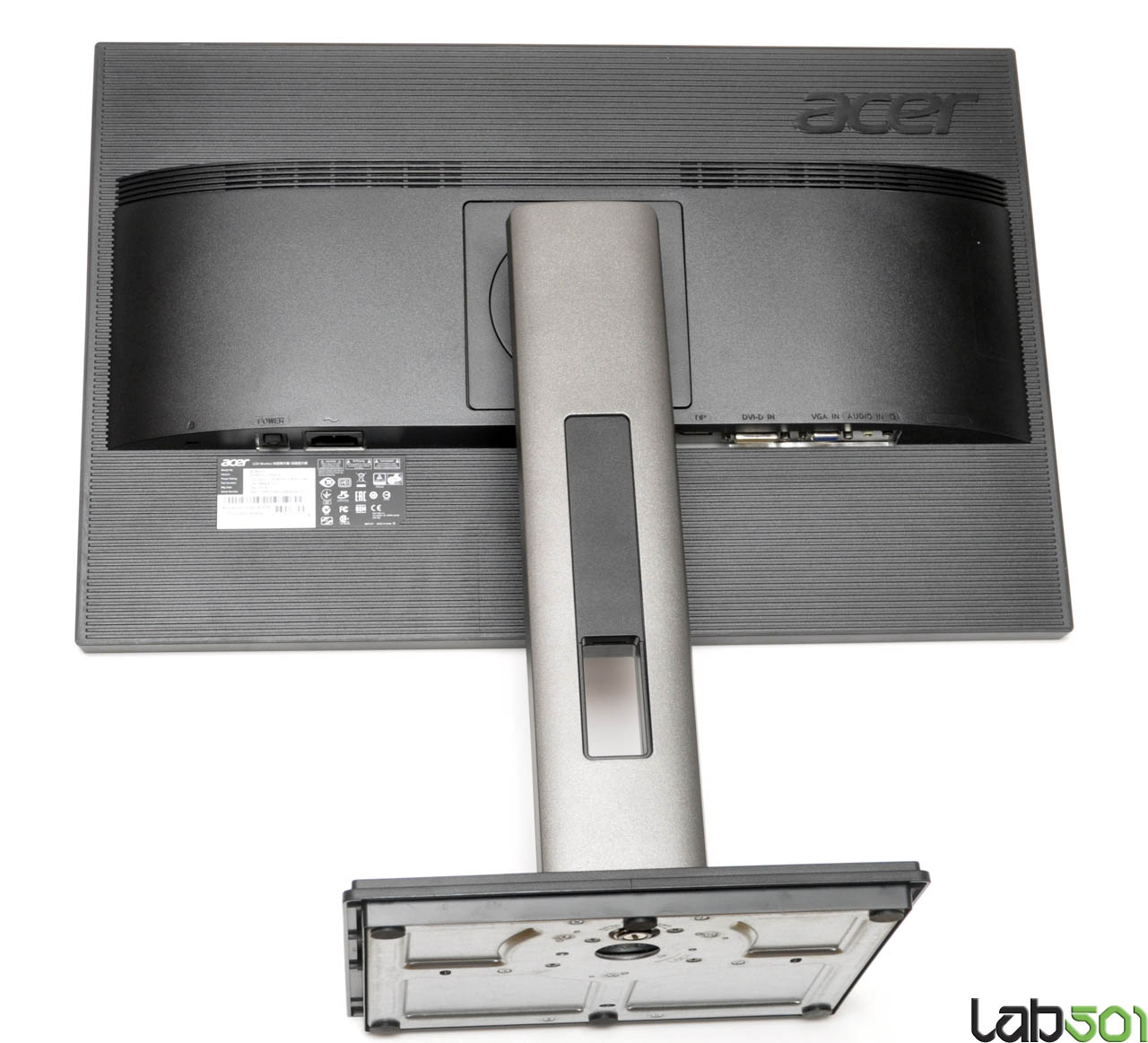
Now, all that's left is to make and install the drivers make -C /lib/modules/$(uname -r)/build M=$(pwd) modules Once that is finished, we'll modify the alx driver to include our E2400 (feel free to use your text editor of choice) cd ubuntu-vivid/drivers/net/ethernet/atheros/alx/įind the line defining ALX_DEV_ID_E2200 (you can just search for E2200), and add this below it #define ALX_DEV_ID_E2400 0xe0a1Īgain, find E2200, and after the lines , That last step can take a little while, so relax and bask in the knowledge that your E2400 will soon be working.

You would replace vivid with your release codename. Killer NIC is offered as a stand alone product or is bundled with computers from OEMs like the Dell XPS 630.I am posting this from my Skylake MSI Z170A GAMING M5 build using my Killer E2400 on Ubuntu Gnome! Below are the (more or less) simple steps I used to get it working.įirst we'll follow some instructions from Ubuntu sudo apt-get build-dep linux-image-$(uname -r) Currently performance differences between the cards are limited, although it is believed that future programs designed for the cards will be capable of utilizing the increased processing power of the M1. The primary difference between the models is that the M1 has a stylized metallic heat sink, and a processor running at 400 MHz, while the K1 lacks a heat sink, and runs at only 333 MHz.


Both models contain a Freescale PowerQUICC processor, 64 MB RAM, a single Gigabit Ethernet port, as well as a single USB 2.0 port, intended for use with specialized programs running on the card's embedded Linux operating system. The Killer NIC comes in 2 models the K1 and the M1. The manufacturer claims that the Killer NIC is capable of reducing network latency and lag. Most standard network cards are host based, and make use of the primary CPU. The Killer NIC (Network Interface Card), from Killer Gaming, is designed to circumvent the Microsoft Windows TCP/IP stack, and handle processing on the card via a dedicated network processor.


 0 kommentar(er)
0 kommentar(er)
